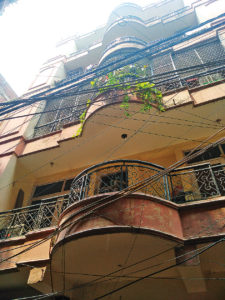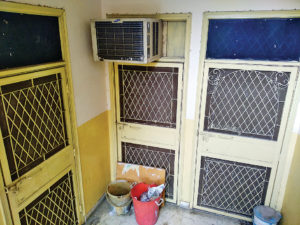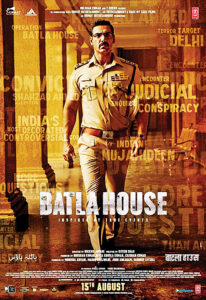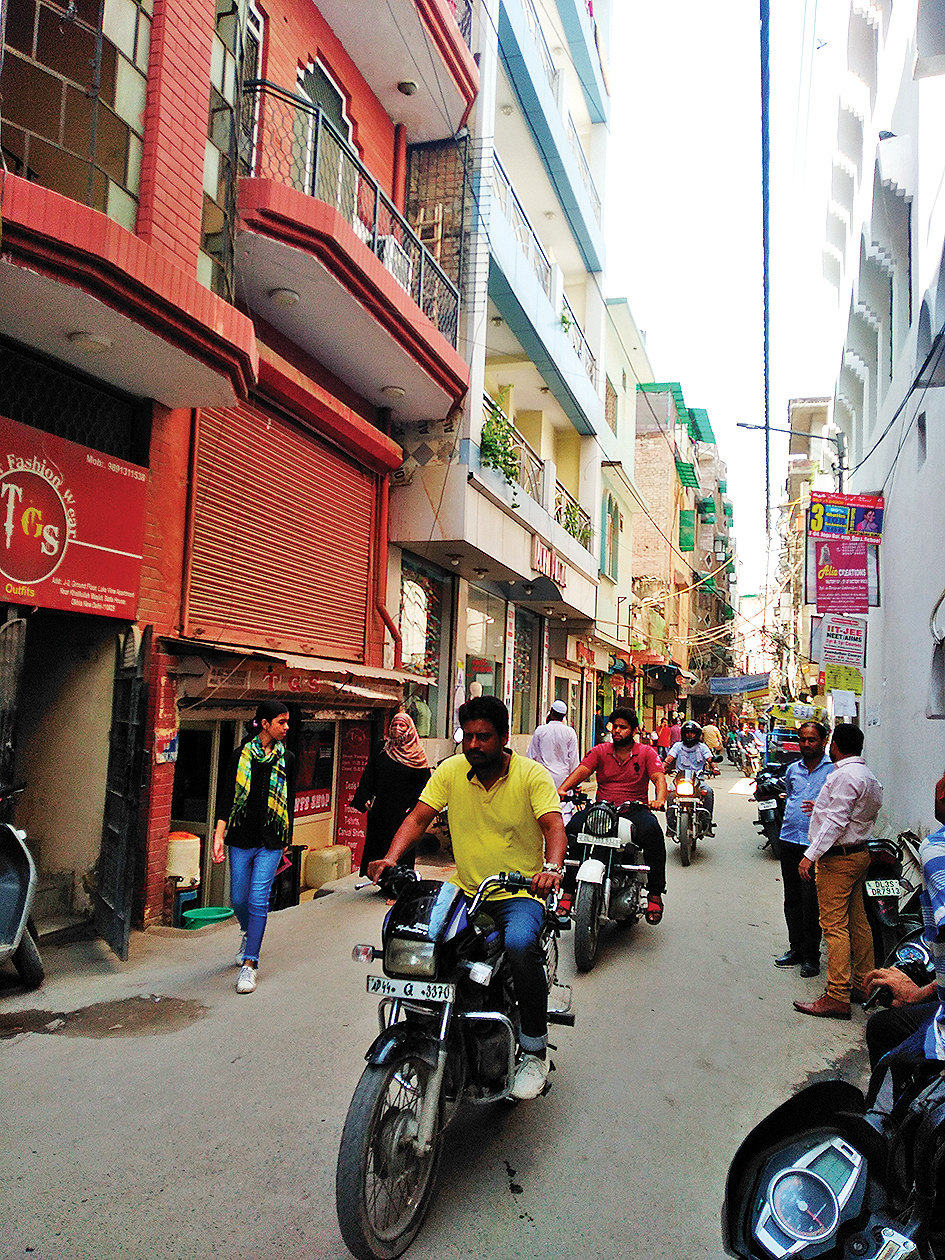As the John Abraham starrer mints crores at the box office, Patriot revisits the Okhla locality to find out what impact the infamous encounter had on the residents
On August 15, one of the most hyped movies of the year, Batla House, starring John Abraham in the lead, released nationwide to much fanfare. The movie is based on the infamous 2008 encounter when Delhi Police killed two alleged operatives of the Indian Mujahideen who they said were responsible for the 2008 Delhi serial blasts. There was gunfire exchange inside a flat in the Batla House area of Jamia Nagar, Okhla. A police officer, MC Sharma, too was killed in this crossfire. The encounter, many people debate, was a staged encounter by the police force, that killed two innocent students of Jamia Milia Islamia.
The film shows ACP Sanjay Kumar (John Abraham), a character based on Delhi supercop Sanjeev Kumar Yadav. He and his special cell prove the genuineness of the case in the Saket District Court, arguing that those two men were indeed terrorists, and not innocent students — in addition to nabbing another terrorist who allegedly killed Inspector KK Verma (Inspector MC Sharma, as named in the movie).
In just a week, Batla House has raked in Rs 60 crore, as viewers gather in flocks to see John Abraham flexing his muscles to nab terrorists on screen.

The movie has brought the 11-year old incident into the limelight, and sparked a debate on the case once again. Amidst all this, what is the area like right now? How has the incident impacted the lives of its residents? Patriot revisits the Batla House area in Okhla to find out the answer to all these questions.
The first noticeable fact is that it is completely in contrast to its portrayal in the movie. In the film, it was portrayed as an area with Islamic flags strewn across the road, and men with long beards wearing skullcaps and women in burqas on the street, trying to aggressively thwart police operations during the incident.
The stereotypes are absent. People here dress no differently from those in other parts of the city and even though there is huge mosque, there are certainly no Islamic flags. The residents we talked to too were anything but aggressive in their approach, and there was a preponderance of youngsters from Jamia Milia Islamia staying in rented accommodation.
The streets were crowded with ordinary citizens busy in the hustle and bustle of daily life. Lines of shops catering to their customers, streets were filled with auto rickshaws and bikes…Amidst all this, the lane where the encounter took place lay empty, and there was an unusual silence, especially in the area around L-18, the building where the encounter took place.
What is surprising however, is that the building possesses no marker of its address – no board, no letter box, where the words ‘L-18 Batla House’ would have been written. The flat on the fourth floor where the incident occurred is empty, locked from the outside. One of the locals in the area says that the flat has been empty since the fateful day of the encounter. No one has rented it since.

“I still remember the day when it happened”, says Sanjaar Alam, a resident of the Batla House area, who lives a few blocks away. He says that while he was walking to school in the morning, the police asked him to go home as he heard loud noises from his back alley. “I thought they were bursting firecrackers somewhere”, he says, adding that he did get a little perturbed seeing the number of policemen and OB vans in the area.
Freelance journalist Afroz Alam was a student in his first year of mass communication in Jamia when the incident occurred. He says that more than the actual incident, it was the aftermath that was traumatic.
“I was best friends with a Hindu boy, we literally stayed together most of the time. But after the incident, he started seeing me with suspicious eyes, even to the extent of going to say things like, Tum bhi toh Batla House me rehte ho, matlab unki tarah hi hoge (You also stay in Batla House, and that must mean you too are like them)”, says Afroz.
He also says that whenever he tries to book an Uber or Ola from to this address, most of them cancel the ride. Qasim (name changed), another first year student at Jamia, who rents a room in Batla House, says that once when he tried to take an autorickshaw to his place, almost all drivers refused to come to Batla House, saying “We won’t go to mini-Pakistan”.
Alam (name changed), who owns a garage in the area, echoes Qasim. “People from nearby areas like New Friends Colony refuse to come to our area, especially after the encounter”, says Alam, who was born and brought up in Batla House. He also goes on to say that it is difficult for a Muslim to get a rented accommodation anywhere in the nearby areas, as most flat owners refuse to rent it to “people from our community”.
Alam, while recounting the incident, says that he and his friends got a hunch that something was going to happen, as there were a lot of police personnel deployed on the streets the previous night. This however, is a complete contrast to what the movie shows – that the police arrived on the scene that morning only. In the documents presented by the Delhi Police during their enquiry in the Saket Court, they also said, that police didn’t arrive on the scene till the morning of the encounter.

There is a scene in the movie where the residents of the area were being instigated by locals on a loudspeaker, that the police had trespassed into their area and were taking the lives of their Muslim brethren, and that is what the police do – target their community. But both Alam and Afroz vehemently deny this.
“Nothing of the sort happened. People were literally frightened to even go to the streets, and most of us locked ourselves inside our houses. No announcement could be heard”, says Alam. The only time, according to Afroz, that loudspeakers are used in the area, is when the Azaan plays or the mosque announces that there will be a water or power crisis in the area.
But unlike these outspoken people, most of the residents we questioned went silent or refused to say anything regarding that infamous incident. “That day was something which all of us want to forget. It is like a nightmare that keeps haunting us”, explains Afroz, adding that the encounter has stigmatised an area that is just like any other busy residential area of the Capital. “The movie will increase the stigma even more”, he fears.
When asked if Alam intends to see the John Abraham starrer, he shakes his head vehemently. “Why recall that day, when we basically just want to erase it from our lives”, he reasons.





